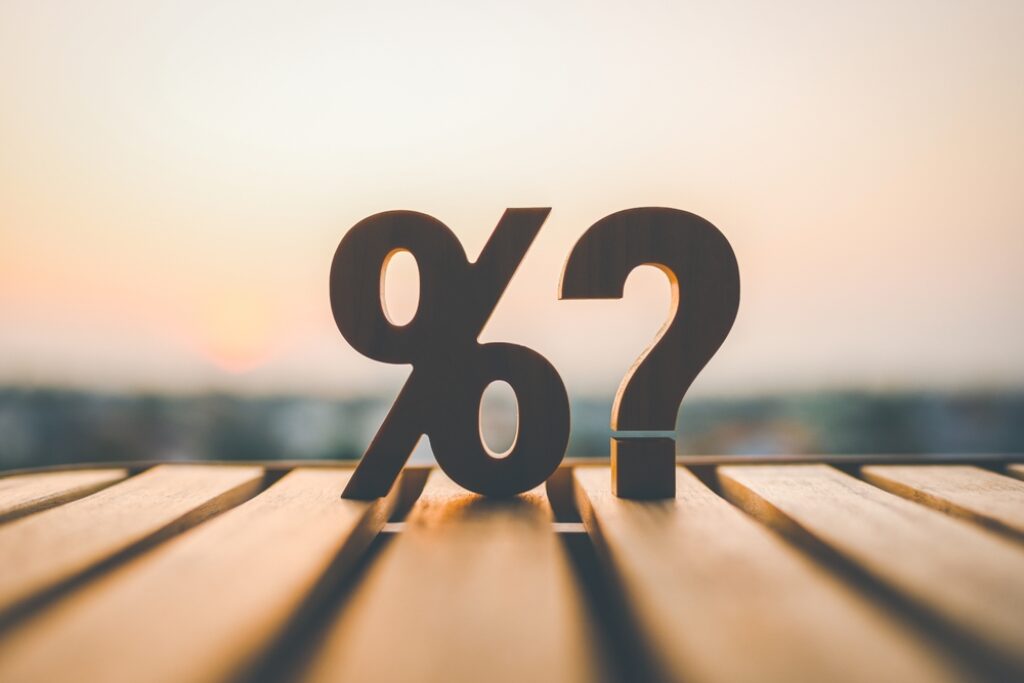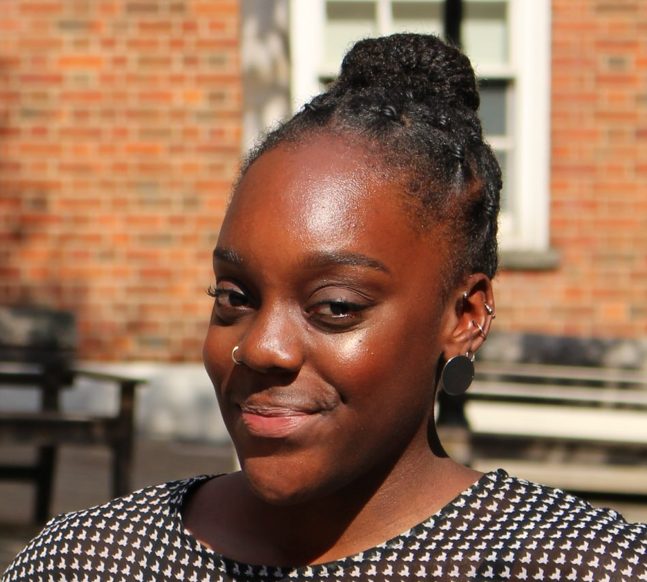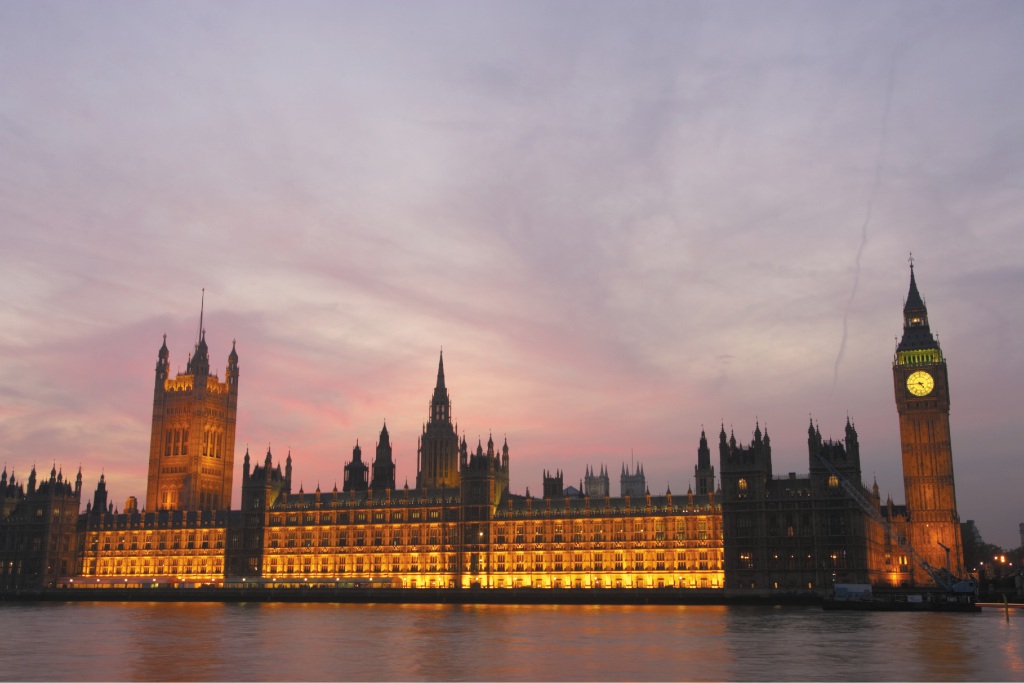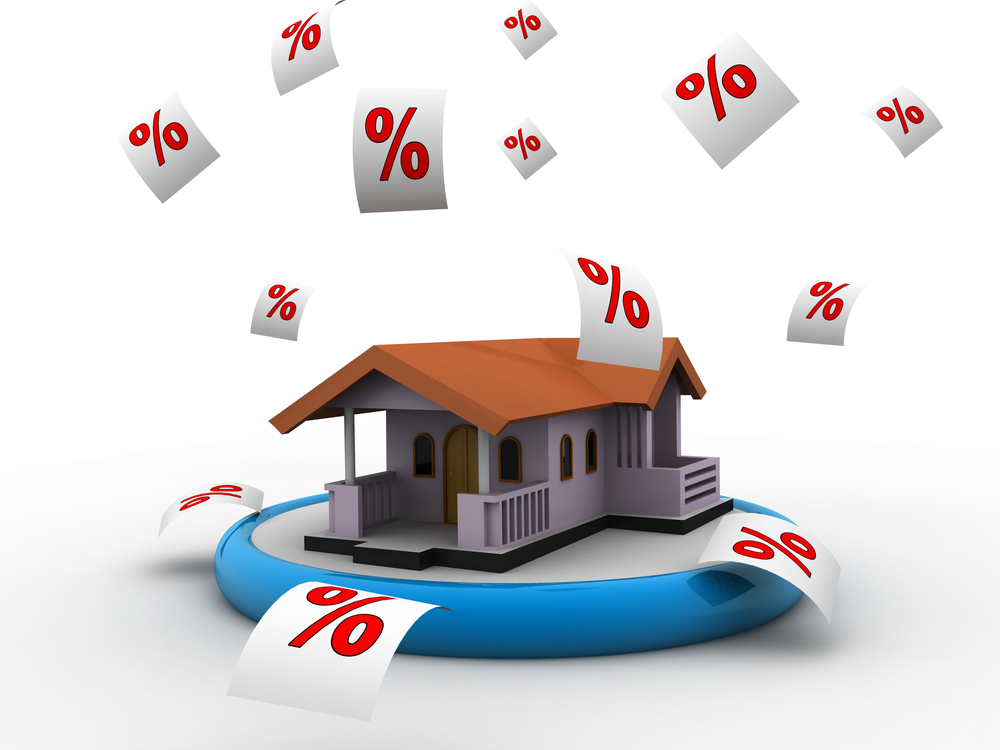Two-year fixed rates are now lower than 6% but the impact will only emerge next year, a financial services firm has said.
Hargreaves Lansdown noted that it was the first time since June that two-year fixed rates had been at this level.
Sarah Coles, head of personal finance at Hargreaves Lansdown, said the lower rates could “help bring a chunk of buyers back to the market”.
The firm said mortgage approvals in June came to 54,700 but by October, this had fallen to 47,400. It predicted that lower pricing could “bode well for the property market in the coming months”.
Hargreaves Lansdown also said house price data from the Office for National Statistics seemed to show that it took three to four months for the impact of rates to be realised, and suggested that the effect reduced rates on house pricing would be seen by spring.
Lower two-year fixed rates ‘psychologically important’ to buyers
Coles said: “Mortgage rates have had a torrid year. They shot sky-high in the aftermath of the mini Budget at the end of 2022, so spent the first few months of the year gradually dropping back. This slowed as inflation’s downwards path proved bumpy, and then reversed, climbing gradually from late April.
“In May, when April’s inflation data revealed core inflation had risen, they rose more quickly, and in June, when May’s inflation rate didn’t move at all, they continued their rapid ascent. They peaked at 6.85% at the beginning of August, but have fallen as the market has started to believe we have passed peak interest rates.
“There’s a good chance that the 6% threshold could be psychologically important for a number of buyers, who decide it’s a good time to take the plunge.”
She said there would not be a “seismic shift”.
Coles added: “Given that rates are expected to fall further from here – and that drops will accelerate once rate cuts are on the cards, there are plenty who will decide to wait and see. However, in a property market this sluggish, an influx of new buyers will provide some welcome relief for those who have had their home on the market for months without interest.
“House prices may not react so fast. In the past year, mortgage movements have tended to take around three or four months to feed into the official house price figures – partly because of the time it takes to complete a sale. Sales figures for the rest of the year are likely to reflect higher mortgage rates over the summer and autumn, which are unlikely to be particularly spectacular.
“Crossing the 6% threshold means we could see mortgage approvals pick up towards the end of 2023 – but house prices are likely to take to the spring to warm up.”





